Who Invented The Sewing Machine? Complete History | 2024
Are you curious to know who Invented the Sewing Machine?
Look no further! In this article, we will explore the fascinating history behind the invention of the sewing machine and shed light on the ingenious minds that contributed to its development.
The sewing machine has revolutionized the textile industry and transformed the way we create and repair garments. Join us as we uncover the story of this incredible invention and the inventors who played a crucial role in its creation.
Get ready to dive into the world of stitches and threads as we unravel the mystery of who invented the sewing machine.
Who Invented the Sewing Machine?
The sewing machine, as we know it today, is the result of centuries of innovation and the contributions of several inventors. However, the credit for inventing the first practical sewing machine is generally attributed to Elias Howe.
In 1846, Howe patented his invention, which featured a lockstitch mechanism and the use of a needle with an eye at the pointed end.
This breakthrough design laid the foundation for the modern sewing machine and formed the basis for subsequent improvements and advancements.
What is the History of Sewing Machines?
The history of the sewing machine dates back to the 18th century, with various inventors contributing to its development over time. Here’s a brief overview of the important milestones:
- Early Inventions:
- In 1755, Charles Weisenthal, a German immigrant in England, patented a needle for mechanical sewing.
- In 1790, Thomas Saint, an Englishman, obtained the first patent for a complete sewing machine design. However, there is no evidence that his machine was ever built.
- Early 19th Century:
- In 1804, Frenchman Joseph-Marie Jacquard invented the Jacquard loom, a mechanical loom that used punched cards to control the weaving process. While not a sewing machine per se, it laid the foundation for automated fabric production.
- In 1829, Barthélemy Thimonnier, a French tailor, patented the first functional sewing machine. It used a hooked needle and a chain stitch, but his factory was destroyed by rioting tailors who feared unemployment.
- Mid-19th Century Innovations:
- In the 1830s, Walter Hunt, an American inventor, created the first lockstitch sewing machine. However, he failed to patent his invention.
- In 1846, Elias Howe, an American, received a patent for a sewing machine featuring a lockstitch mechanism with two threads and a needle with an eye near the point.
- In the 1850s, Isaac Merritt Singer, an American entrepreneur, improved the design of the sewing machine, introducing a foot treadle and an up-and-down motion needle.
- Throughout this period, many other inventors made significant contributions, including Allen B. Wilson, who developed the rotary hook shuttle mechanism.
- Industrial Revolution and Mass Production:
- The mid-19th century marked the Industrial Revolution, which led to the mass production of sewing machines.
- Companies such as Singer, Wheeler & Wilson, and Grover & Baker became major manufacturers and competitors in the sewing machine industry.
- The sewing machine revolutionized textile and garment production, increasing efficiency and reducing labor costs.
- Modern Developments:
- In the late 19th and early 20th centuries, sewing machines continued to evolve, incorporating features like electric motors, zigzag stitching, and automatic threading.
- Computerized sewing machines were introduced in the latter half of the 20th century, providing advanced functions and programmability.
- Today, sewing machines are available in various types, including mechanical, electronic, and computerized models, catering to the needs of professionals and hobbyists alike.
The invention of the sewing machine revolutionized the textile industry, making garment production faster, more precise, and more accessible to a wider range of people. It remains a fundamental tool in the world of fashion, design, and textile manufacturing.
The Evolution of the Sewing Machine
Early Attempts at Mechanized Sewing
Long before Elias Howe’s invention, there were numerous attempts to mechanize the process of sewing.
As early as the 18th century, inventors like Thomas Saint and Charles Weisenthal experimented with sewing machines.
However, their designs were rudimentary and lacked the practicality required for mass production.
Elias Howe and the Lockstitch Mechanism
Elias Howe’s groundbreaking invention introduced the lockstitch mechanism, which created a strong and reliable stitch by interlocking two threads.
This innovation vastly improved the quality and efficiency of sewing. Howe’s sewing machine was powered by a foot treadle, which allowed for continuous stitching and made it suitable for both industrial and domestic use.
Isaac Singer and the Mass Production of Sewing Machines
While Elias Howe’s invention marked a significant milestone in sewing machine history, it was Isaac Singer who played a pivotal role in popularizing and commercializing the device.
Singer, an astute businessman, enhanced Howe’s design and introduced several key improvements, such as the incorporation of a tension system and a presser foot.
Moreover, Singer revolutionized the sewing machine industry with his innovative marketing strategies and installment payment plans, making the machines accessible to a broader range of customers.
The Impact of the Sewing Machine on the Textile Industry
The invention of the sewing machine brought about a paradigm shift in the textile industry, leading to numerous advancements and transformative effects. Let’s explore some of the key impacts of this revolutionary device:
- Increased Efficiency and Productivity: Prior to the sewing machine, sewing was a laborious and time-consuming task performed entirely by hand. With the advent of sewing machines, the production process became significantly faster and more efficient, enabling manufacturers to meet the growing demand for garments and textiles.
- Improved Stitch Quality and Durability: The lockstitch mechanism introduced by Elias Howe and further refined by subsequent inventors resulted in stronger and more durable stitches. This improvement in stitch quality elevated the overall quality of garments and ensured their longevity.
- Wider Accessibility to Fashion: The mass production and affordability of sewing machines, particularly through the efforts of Isaac Singer, democratized fashion and made it accessible to a broader population. Sewing machines empowered individuals to create their own clothing, allowing for self-expression and customization.
- Industrial Revolution and Factory System: The sewing machine played a crucial role in the Industrial Revolution, facilitating the shift from small-scale, cottage-based textile production to large-scale factories. This transition led to increased output, reduced costs, and the rise of the factory system.
The Impact of the Sewing Machine on Society
The introduction of the sewing machine had a profound impact on society, leading to transformative changes in the textile industry and beyond.
Here are some key ways in which the sewing machine revolutionized the world:
1. Increased Efficiency and Productivity
Before the advent of the sewing machine, garments were painstakingly stitched by hand, limiting the speed and output of clothing production.
With the introduction of sewing machines, the process became significantly faster, allowing for mass production and meeting the rising demand for clothing.
This boost in efficiency propelled the textile industry forward, enabling it to keep pace with the growing population and changing fashion trends.
2. Empowerment of Individuals
The sewing machine played a pivotal role in empowering individuals, particularly women, by providing them with opportunities for economic independence.
With the ability to sew garments quickly and accurately, individuals could start their own businesses or work from home, contributing to their family’s income.
This newfound independence transformed the lives of countless individuals, offering them financial stability and the ability to pursue their passions.
3. Advancements in Fashion and Design
The availability of sewing machines ushered in a new era of fashion and design. With the ability to create intricate stitches and complex patterns, designers were no longer bound by the limitations of hand sewing.
The sewing machine enabled the production of elaborate embroidery, decorative trims, and tailored garments that were previously time-consuming or impossible to achieve.
This newfound creative freedom led to a surge in innovative fashion trends and the democratization of style.
4. Global Impact
The impact of the sewing machine extended far beyond its country of origin. As news of this revolutionary invention spread, it reached every corner of the globe, transforming the textile industry worldwide.
From small dressmaking shops to large-scale factories, the sewing machine became an essential tool in the production of clothing, bedding, and other textile goods.
Its influence can still be felt today, as sewing machines continue to be indispensable in households and industries around the world.
Who was the original inventor of the sewing machine?
The original inventor of the sewing machine is considered to be Thomas Saint, an Englishman. In 1790, Saint designed and patented a machine that was capable of sewing stitches.
However, there is no evidence that his invention was ever built or put into practical use. Despite this, Saint’s patent remains an important milestone in the development of the sewing machine.
Subsequent inventors, such as Barthélemy Thimonnier and Elias Howe, made significant advancements in sewing machine technology and played crucial roles in popularizing and refining the invention.
Who invented the first sewing machine and when?
The first practical sewing machine was invented by Barthélemy Thimonnier, a French tailor, in 1830. Thimonnier’s machine used a hooked needle and a chain stitch mechanism, allowing it to sew straight seams.
His invention was the first to be successfully used in a commercial setting, as he set up a factory to produce uniforms for the French army.
Thimonnier’s sewing machine was a significant innovation that laid the foundation for future advancements in the field.
What was the impact of the sewing machine on the garment industry?
The sewing machine revolutionized the garment industry by increasing production efficiency, improving stitch quality, and making fashion more accessible to the masses.
It enabled the industry to meet the growing demand for garments and paved the way for the factory system.
Are there any notable female inventors of sewing machines?
While most of the prominent inventors of sewing machines were male, there were also notable female inventors who made significant contributions. Notably, Helen Blanchard received a patent in 1873 for her invention of an improved sewing machine.
How did the sewing machine impact the lives of women?
The sewing machine had a profound impact on the lives of women, particularly in the 19th century. It freed women from the tedious task of hand-sewing, allowing them to pursue other interests and participate in the workforce. Additionally, sewing machines provided women with the opportunity to create and customize their own clothing.
What were the key improvements made to the sewing machine over time?
Over time, several key improvements were made to the sewing machine. These included advancements in stitch quality, the addition of new features such as automatic threading and bobbin winding, the introduction of electric-powered machines, and the development of computerized sewing machines.
How did the sewing machine impact the growth of the fashion industry?
The sewing machine played a pivotal role in the growth of the fashion industry. It enabled designers and manufacturers to produce garments more quickly and efficiently, leading to increased production and a wider variety of fashion choices. The accessibility of sewing machines also fostered creativity and innovation in fashion design.
What is the significance of the lockstitch mechanism?
The lockstitch mechanism, introduced by Elias Howe, is significant because it creates a strong and durable stitch by interlocking two threads. This stitch is widely used in sewing machines today due to its reliability and strength.
Can you name some popular sewing machine brands today?
Some popular sewing machine brands today include Singer, Brother, Janome, Bernina, Juki, and Pfaff. These brands offer a wide range of models suitable for different skill levels and sewing needs.
Where can I find more information about the history of the sewing machine?
You can find more detailed information about the history of the sewing machine in books, online articles, and websites dedicated to sewing machine history. Libraries, museums, and educational institutions may also have resources on this topic.
Conclusion: Who Invented the Sewing Machine
The invention of the sewing machine revolutionized the textile industry and forever changed the way we create clothing and fabric goods. Elias Howe’s pioneering design paved the way for mass production, increased accessibility, and empowered individuals.
From its humble beginnings, the sewing machine has evolved into a sophisticated tool that combines tradition with modern technology. Today, sewing machines continue to inspire creativity, connect communities, and shape the fashion landscape.
FAQs: Who Invented the Sewing Machine
Was Elias Howe the only person involved in the invention of the sewing machine?
No, Elias Howe was not the only person involved in the development of the sewing machine. There were several inventors who made significant contributions to its evolution, including Walter Hunt, Barthélemy Thimonnier, and Isaac Merritt Singer.
What did Elias Howe contribute to the sewing machine’s invention?
Elias Howe made a significant contribution by inventing a sewing machine with a lockstitch mechanism using two threads and a needle with an eye near the point. This design laid the foundation for many subsequent sewing machine models.
How did the sewing machine evolve after Elias Howe’s invention?
After Elias Howe’s invention, other inventors further improved the sewing machine. Isaac Merritt Singer, for example, introduced a foot treadle and an up-and-down motion needle, which made sewing more efficient. Subsequent developments led to electric sewing machines and computerized models with advanced features.
When was the first patent for a sewing machine granted?
The first patent for a sewing machine was granted to Barthélemy Thimonnier, a French tailor, in 1829. His machine used a hooked needle and a chain stitch. However, his factory was destroyed, and his invention did not gain widespread use.
Are sewing machines still relevant today?
Yes, sewing machines are still widely used today. They are essential tools for both professional seamstresses and hobbyists. Modern sewing machines offer a range of features, from basic stitches to advanced computerized functions, making them versatile and indispensable in various sewing projects.
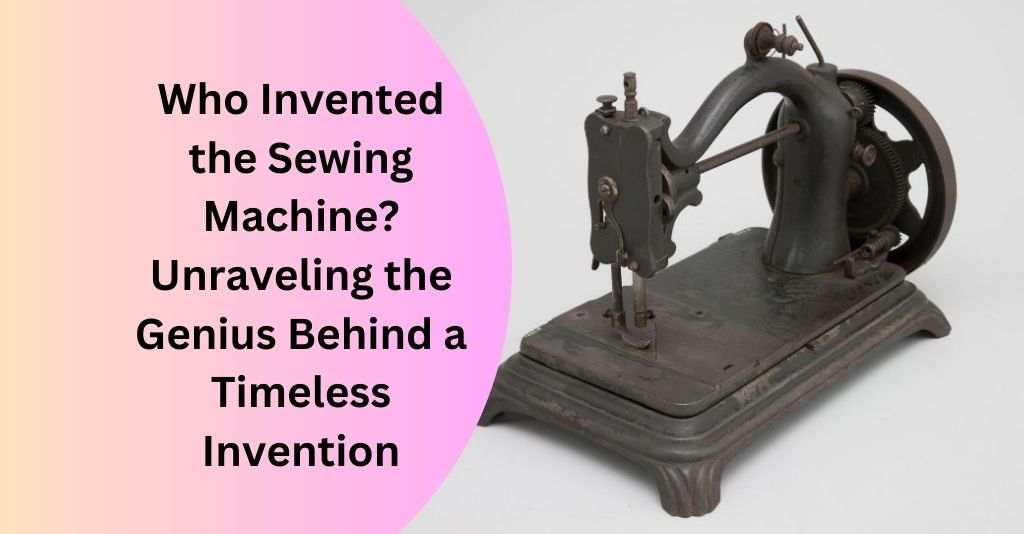
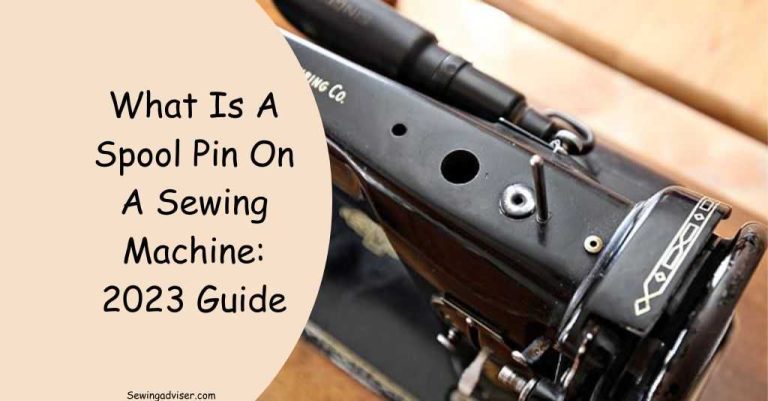
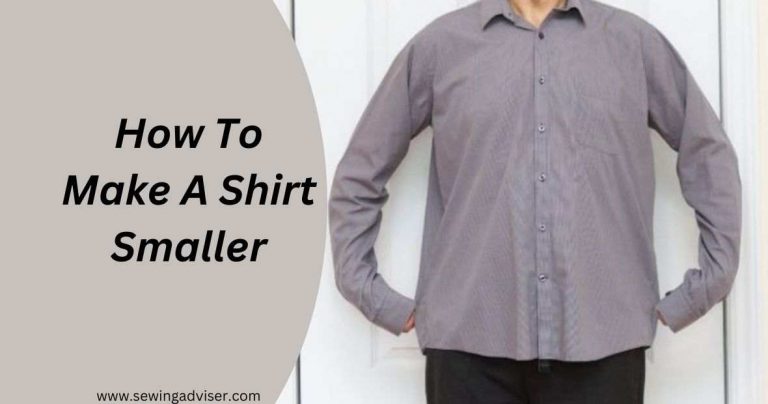
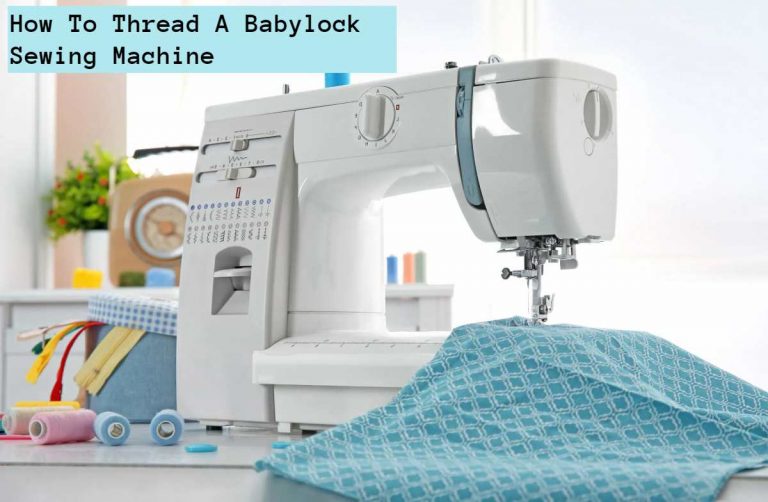
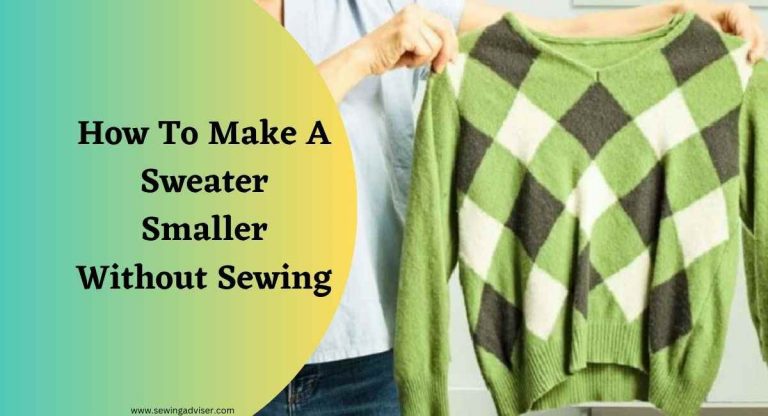
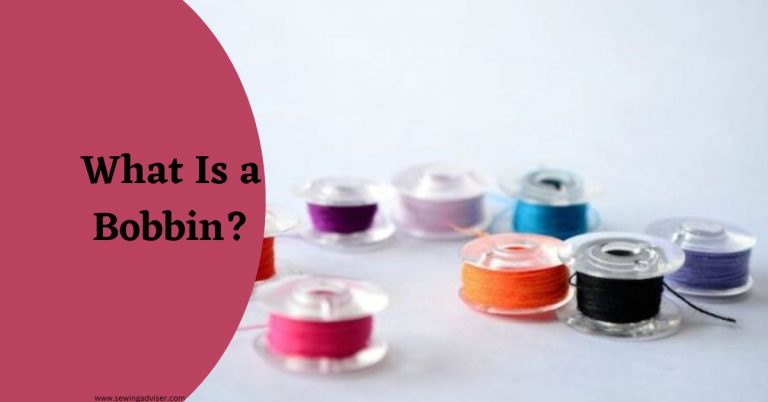
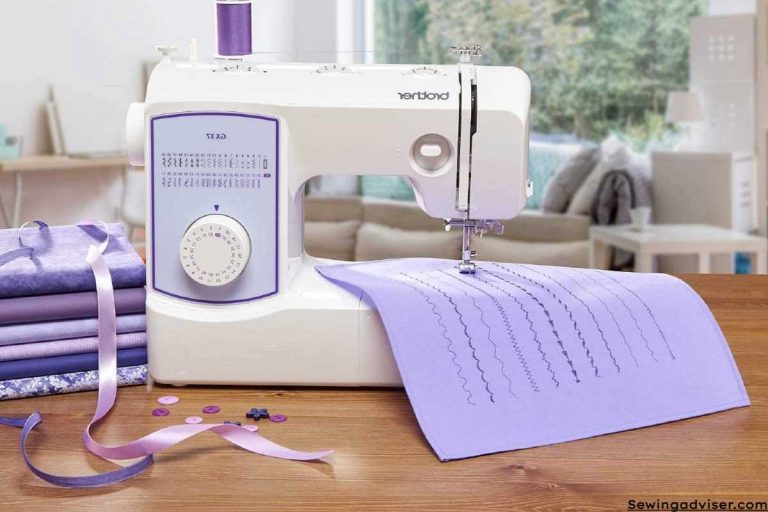
7 Comments